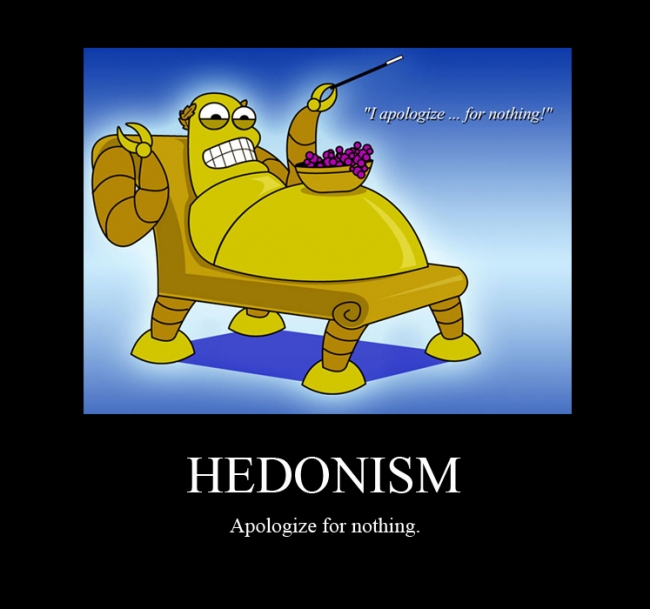

This finding was replicated with a painful procedure in a medical setting and is of potential practical importance ( Redelmeier & Kahneman, 1993). Laboratory subjects prefer a longer unpleasant event that terminates gradually (a hand in unpleasantly cold water which is slowly warmed) to a shorter version that ends abruptly ( Kahneman, Fredrickson, Schreiber, & Redelmeier, 1993). Importance of the ending point of an event has paradoxical implications.

However, subjects’ evaluations of film clips showed little relation to on-line ratings rather, global judgments of pleasantness appeared a function only of the most extreme point of pleasantness in the film and the ending point ( Fredrickson & Kahneman, 1993). Longer pleasant and aversive events should be rated as more hedonically extreme than shorter events. In a rational model of utility, overall rating of pleasantness for an event should be a summation over time of the ratings of individual parts. Hedonic tone and emotional content of events fluctuate from moment to moment ( Varey & Kahneman, 1992).

Eleanor Rosch, in Cognitive Ecology, 1996 2 Summarization of Events and Loss of Temporal Extension


 0 kommentar(er)
0 kommentar(er)
